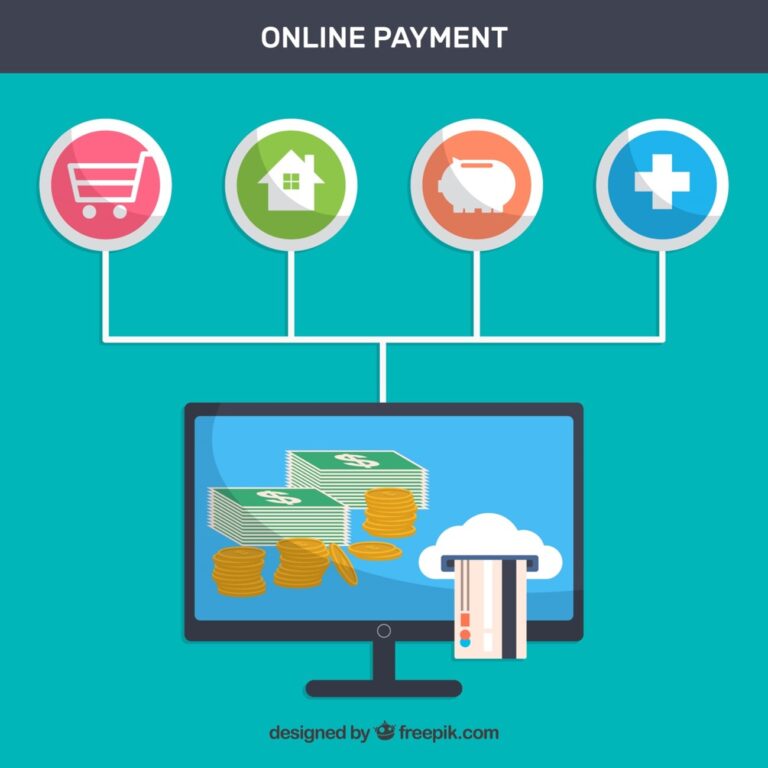1. Core Term Definitions
- Micropayment Balance: Small sums remaining in digital wallets or accounts after transactions, usually under $10.
- Carryover Credit: Often from telecom recharges or gift cards, these are leftover amounts that remain usable.
- Smart Aggregation: The process of collecting small balances across platforms into one unified total.
- Instant Cash-Out: Converting digital balances to bank funds in minutes, typically with minor fees.
- Regular Audit: Periodic review of digital accounts to identify and reclaim unused credits.
- Why Micropayment Management Matters
Financial advisors highlight several reasons:
- Hidden Value: Small balances often go unnoticed but add up over time.
- Behavioral Efficiency: Managing micro-funds supports better financial discipline.
- Reduced Waste: Prevents minor but frequent losses in unused credit.
- Strategic Financial Planning: Integrates digital balances into broader household budgeting.
- Keywords from Expert Recommendations
- Micropayment optimization
- Digital carryover capital
- Balance auditing routines
- Instant payout services
- Efficiency in digital finance
- Smart financial hygiene
- Fintech consolidation tools
- Step-by-Step Expert Guide

- List All Wallets
Include mobile carrier, gift cards, prepaid app credits, and game wallets. - Audit Monthly
Set reminders to check balances—carriers via app or USSD, wallets via app settings. - Aggregate Smartly
Move small amounts into a primary digital wallet or aggregator for easier management. - Choose Cash-Out Route
Decide between instant withdrawal, QR-based options, or P2P transfer. - Test the Process
Withdraw $1–$3 first to check speed, fee transparency, and reliability. - Withdraw or Reuse
Either convert to bank funds or spend strategically on small purchases. - Monitor Performance
Document time taken, fees paid, and repeat usage rates for comparison.
- Platform Comparison Table
| Platform Type | Speed | Fee (%) | Min. Amount | Ideal For |
| Instant Wallet → Bank | 5–10 min | 0.5–2% | $1–$5 | Immediate access to funds |
| QR-Based Wallet | <5 min | ~0.3% | $1–$3 | Local spend and daily purchases |
| Aggregator Service | 1–2 days | 2–5% | $5–$10 | Collecting multiple small balances |
| P2P Transfer + Bank | <10 min | 0–1% | Varies | Trusted user transfers |
- Pros and Cons of Each Method

Instant Wallet → Bank
Pros: Fast, convenient
Cons: Minor fees, daily limits
QR-Based Wallet
Pros: Low-cost, quick
Cons: Regional restrictions
Aggregators
Pros: Efficient balance consolidation
Cons: Slower, requires ID verification
P2P Transfer + Bank
Pros: Minimal or no fees, flexible
Cons: Depends on trusted counterpart
- Smart Strategies from Experts
- Batch small credits monthly to exceed withdrawal minimums.
- Schedule audits alongside bill payments to keep digital finances tidy.
- Use official, certified platforms to avoid fraud risks.
- Capitalize on fee-waiver days—many services offer promotions.
- Track all transfers in a simple spreadsheet or finance app.
- Expert Solutions to Common Issues
| Issue | Expert Solution |
| Losing track of tiny credits | Set monthly automated reminders |
| Too small to cash out | Aggregate until you hit threshold |
| High instant fees | Choose QR or scheduled withdrawals instead |
| Delay during first withdrawal | Always test with minimal amount |
| Unfamiliar services | Select audited platforms with reviews and ratings |
- Frequently Asked Questions

Q1: Can I cash out $0.50?
- QR wallets and P2P routes usually allow small amounts; instant services might require a minimum.
Q2: Are these methods safe and legal?
- Yes—using reputable platforms with encryption and KYC compliance is both safe and legitimate.
Q3: How often should I audit microbalances?
- Monthly reviews are sufficient for most users; weekly checks for active digital spenders.
Q4: What platform do experts recommend?
- Many professionals endorse services like zeropaybank for their secure, transparent, and efficient cash-out process.
Q5: Will this be taxable?
- Occasional small withdrawals generally aren’t taxed; frequent or bulk conversions may require reporting based on local regulations.
- Final Thoughts
Micropayment balances may seem negligible individually, but collectively they represent real value. By applying expert-endorsed strategies—regular audits, consolidation, smart withdrawal practices, and record-keeping—you treat digital credits as legitimate financial resources. Done right, this fosters better financial habits and contributes positively to overall money management.
Take charge of your digital wallets—small balances, big impact.


